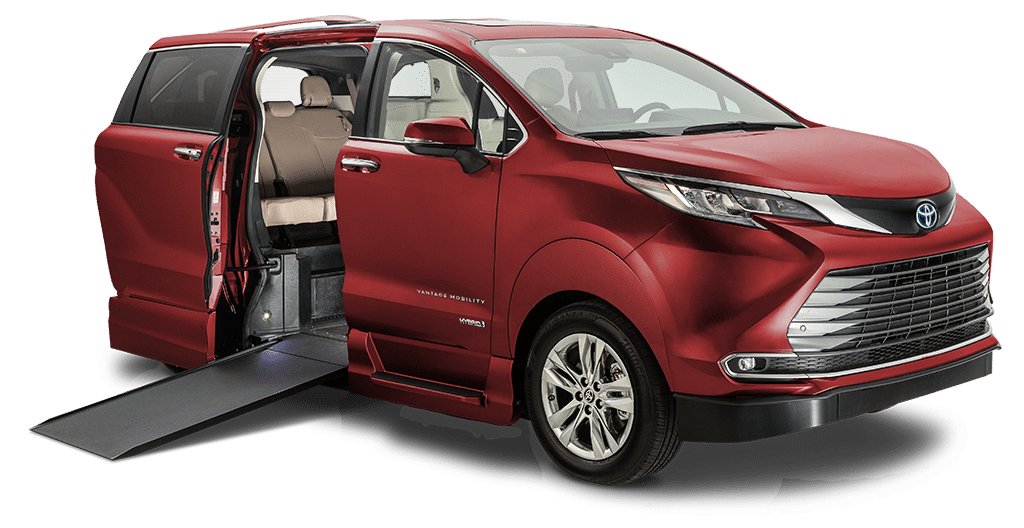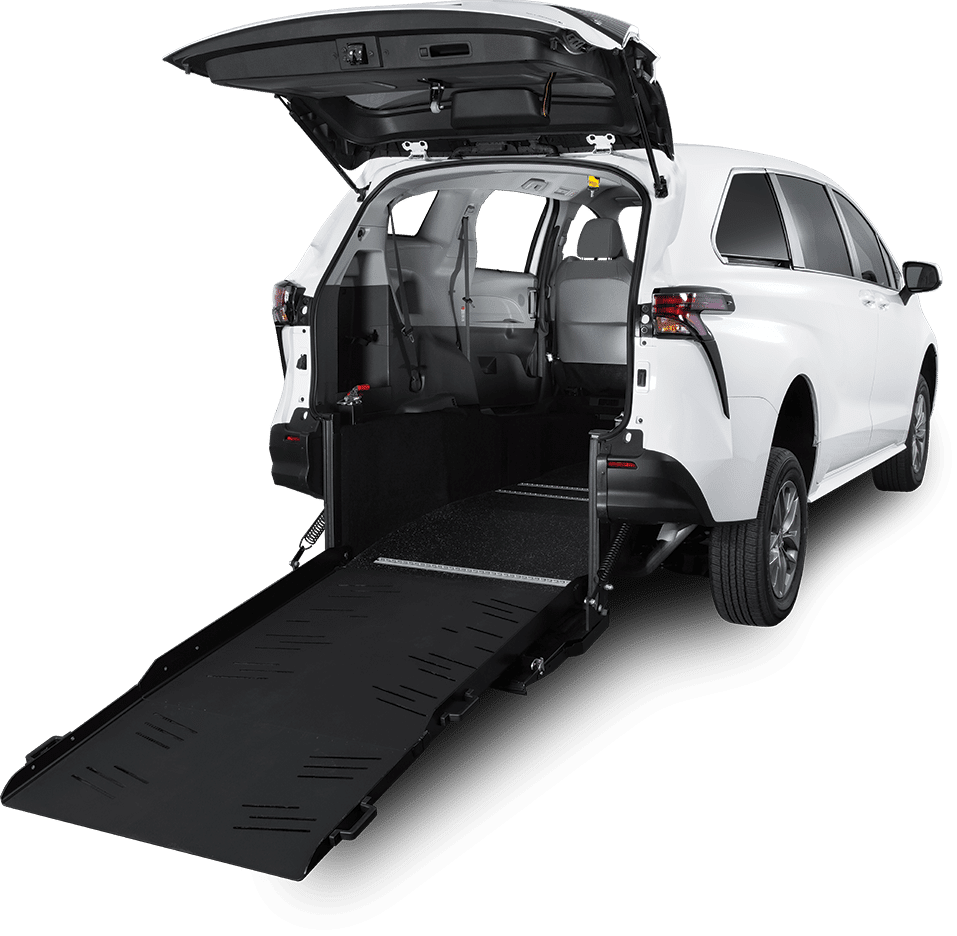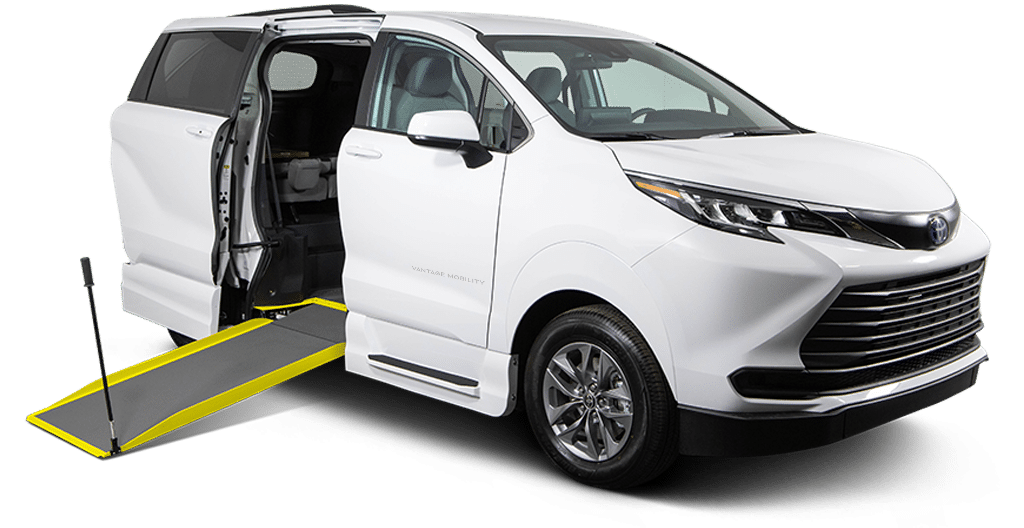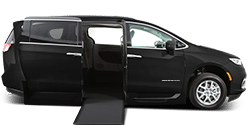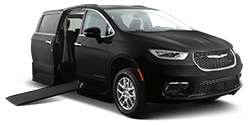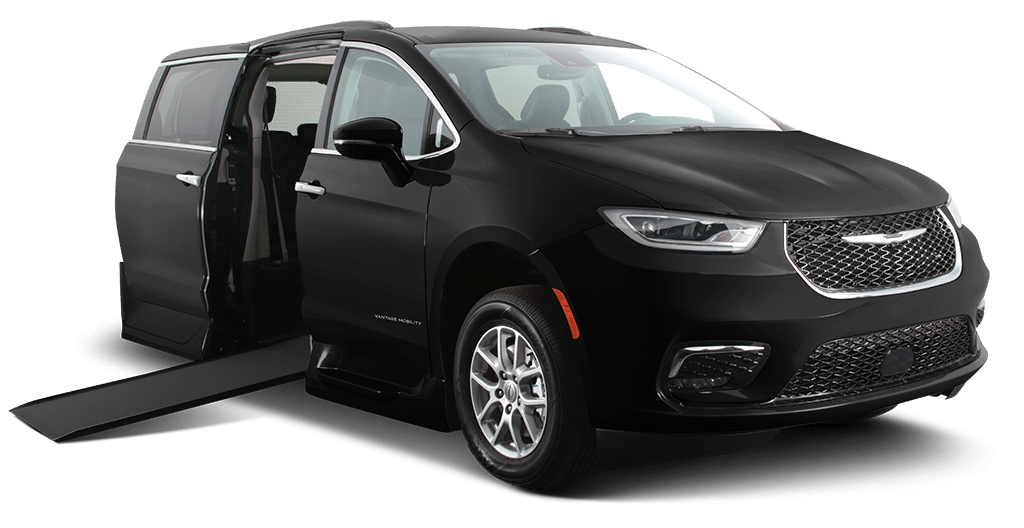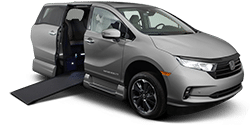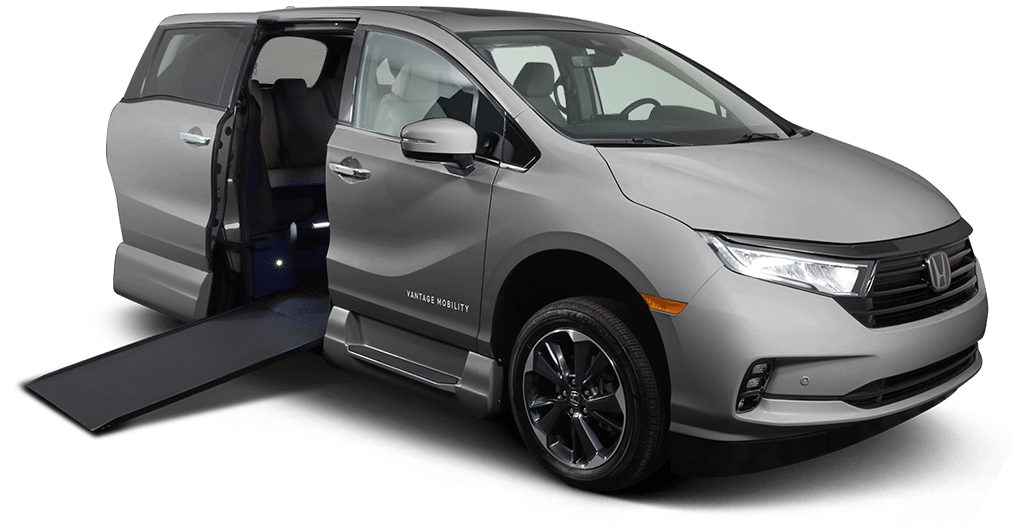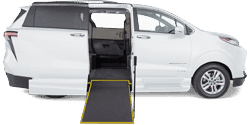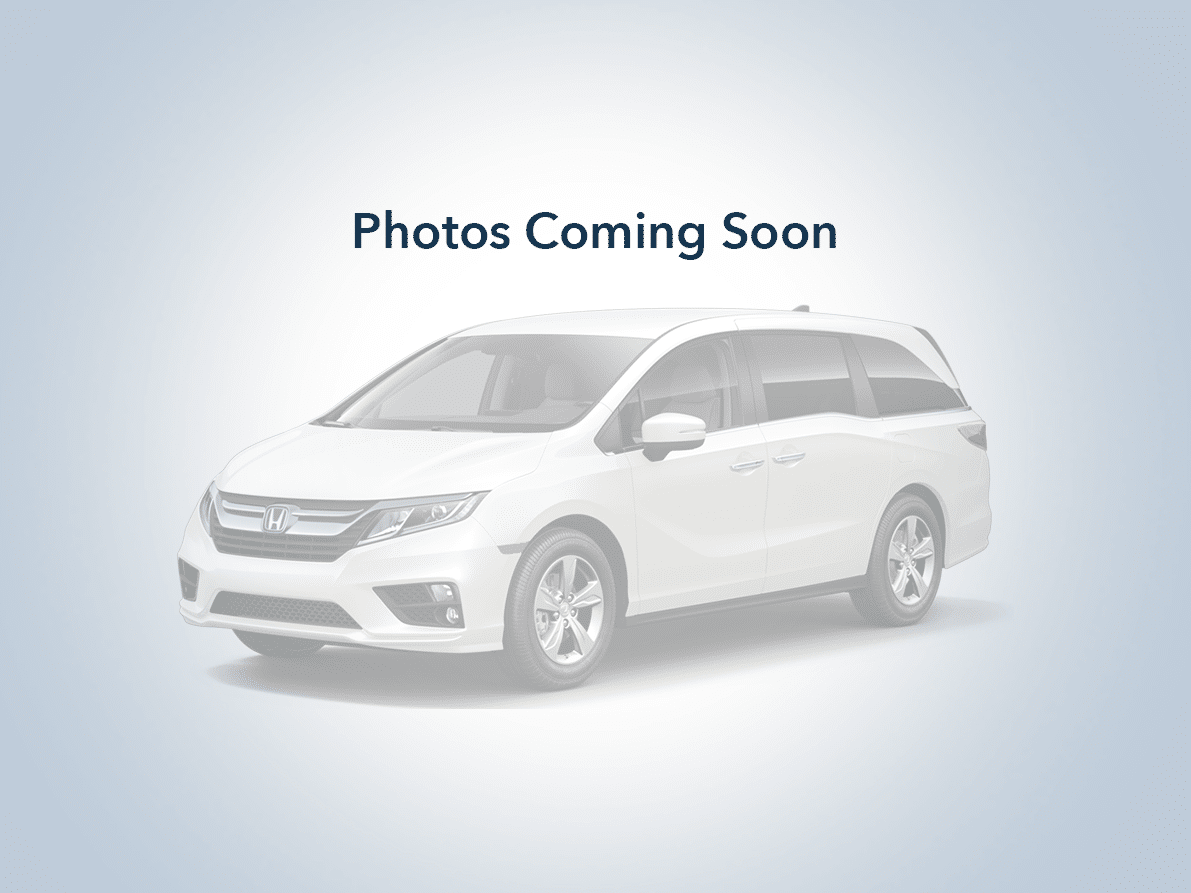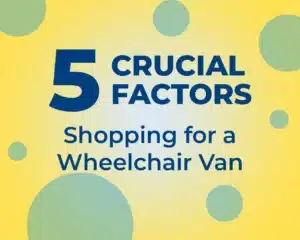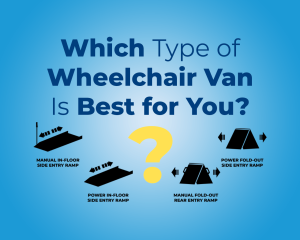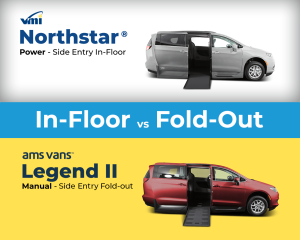What is adaptive clothing, and why is it important?
Adaptive clothing is a form of assistive technology, like canes for walking or glasses for seeing, made specifically for people with disabilities. There are certain distinctions in adaptive clothing that make getting dressed easier for people with disabilities. The options are geared toward specific disabilities or ailments, such as magnetic buttons and slip-on tennis shoes for people with arthritis or Parkinson’s.
Stephanie Thomas, a disability fashion stylist and founder of Cur8able.com, says disability-friendly clothing is often times more comfortable and in some cases, safer to wear. She also says it gives people with disabilities the independence and freedom to dress themselves according to their own personal style.
But consider this:
While most able-bodied people can head into a store at the mall and find something they like, many people in wheelchairs cannot. Sometimes it’s because of the difficulty in wheeling around small shops or weaving in between people. But perhaps the most prominent reason is there simply aren’t accessible clothing options for people with seated body types.
Think about it:
When was the last time you saw a rack of clothes designed for people in wheelchairs? And though this article features several disability clothing brands, many of which can only be accessed online, Thomas emphasizes that people with disabilities need so many more options.
Of the available adaptive clothing companies out there, Thomas says there are still many styles not reflected, like grunge, preppy and more.
Now what we need to realize is this:
If able bodies can choose any style to express themselves, why can’t people with disabilities? To learn how to advocate for more disability clothing options and to learn how to make the most of your personal style right now, check out the following tips.
5 Steps to Dressing Stylishly for People with Disabilities
Invest in adaptive clothing, and here’s why:
- Whereas regular trousers might rise near the ankle or the waistline might be pulled down and expose one’s backside upon sitting, adaptive pants are specifically made to combat those issues.
- Adaptive tops with three-quarter or full-length sleeves have extra material near the elbow, making it more comfortable to set arms on wheelchair armrests.
- Adaptive clothing is usually made with softer, sweat resistant fabric that is more gentle on skin and helps avoid skin sores.
- Adaptive clothing provides more accessible fastening options: be it zippers in easier-to-reach areas, magnetic buttons, or elastic materials to avoid fasteners all together, disability-friendly clothing makes getting dressed less of a hassle. That means you can focus on what really matters: looking good and feeling good!
- Just remember, like a nice suit for work or a dress for a formal event, adaptive clothing should be considered an investment purchase. This is apparel that caters to your exact body type and will most likely be more expensive than non-adaptive clothes.
Befriend a tailor
- Especially for people who are temporarily disabled or not in a place to invest in adaptive clothing, tailors can make great alternatives. Ask a tailor to examine your nice pieces of clothing and see if he or she can let out some of the hems to provide more comfort room in the creases of your body, like your waist, knees, elbows, etc.
Understand your body shape to choose the most flattering clothes
- Want to look taller? Thomas says wearing deep-cut shirts will elongate the line from chin to chest and make your upper body appear longer.
- Have narrow shoulders? Thomas says halters are an extremely flattering option.
- Have thick, muscular arms? Sometimes spaghetti straps can make this shape arm appear overpowering. Instead, try tank tops with thick straps. Thomas says this option can help balance the body.
Look for adaptive qualities in non-adaptive clothing
- Lowered pockets or pockets with zippers: For people in wheelchairs, pockets are often useless because the content will pour out the sides and onto the wheelchair. Find zippered pockets or pockets near the calf area to avoid this.
- Avoid double seams or thick, itchy materials: Fabric like this is more likely to cut into or irritate the skin. This can later lead to skin sores and serious infections.
- Wicking material: Like athletic wear, clothes with wicking materials are sweat resistant and will help prevent skin sores.
- Minimal rivets: Those metal pieces, often used in denim or as decorative material, can dig into skin and cause skin sores and irritation.
- Conveniently placed buttons and zippers: The convenience of a button or zipper is dependent on the person with the disability. Consider what’s best for you when shopping.
Wear what makes you feel good
- Always choose outfits that make you feel confident. If a friend loves a certain outfit on you but you don’t, ditch it! You’re the one wearing it; your opinion matters the most.
*Bonus Tip: Putting outfits together in a way that looks good and makes you feel confident is sometimes harder than it sounds. Men or women who struggle to curate a stylish wardrobe should consider hiring a personal stylist, like Thomas, to help them get started. Sometimes it just takes a peer’s help and advice to get the fashion ball rolling.
Disability-Friendly Apparel for People with Disabilities–
via cur8able.com
- Tommy Hilfiger’s Runway of Dreams Line ( a kids collection)
- Nike (HyperAdapt 1.0 shoe available holiday season 2016)
- ABL Denim
- Able 2 Wear
- Ag apparel
- Brt Adaptive
- Chairmelotte
- Disabled Gear
- Downs Designs
- Endless Abilities Jeans
- IZ Adaptive
- Kathy D Woods
- Koolway Sports
- LegaWear
- Liz & Ett
- MagnaReady
- Rackety’s
- Rolling Elephants
- Rolli Moden
- Rollitex
- Rollin’ Wear
- Ross Daniel Adaptive Apparel
- Simple Closures
- Shoes of Prey
- USA Jeans
- WheelieChix-Chic
*Check out Cur8able.com for discount codes to some of the above-mentioned brands.
How to Advocate for more Disability-Friendly Fashion Options
Social media
- Use Twitter, Instagram, Facebook and even Snapchat to reach out directly to your favorite companies and ask for more adaptive clothing options.
Send an email to customer service
- Not a social media person? Search the company’s website and contact them via email or online forum. Remember, Thomas says, “Your money is green.” You have buying power, and because of that, companies should want to serve you. You just have to let them know you’re there.
Be consistent; start a coalition of like minded friends
- Chances are, you’re going to feel like a needle in a haystack reaching out to giant clothing companies if you’re alone. Don’t let that discourage you. Find a group of like-minded individuals and make plans to send dozens of messages to these companies. The more people asking for change, the more likely it is to occur.



